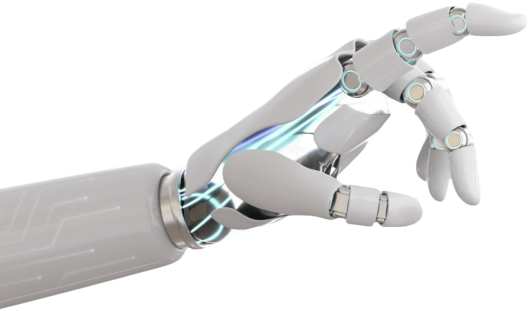
Recent studies in Knowledge Representation have emphasized the importance of a formal theory in this domain. Such a theory should be able to describe not only specific domain objects, but also actions that modify them, meta-rules that govern the application of actions, etc. Among the numerous candidates to the universal language of Knowledge Representation, the term subsumption languages (ISL) seem to be the most appropriate ones because of their elegant uniformly formalized semantics. They seem however to be unable to describe actions, procedures or rules (even though some of them claim to have integrated actions or rules, the integration is only superficial). This paper presents a term subsumption language able to describe and reason about actions and procedures by treating them exactly like any other language concept. In other words, the procedures are built using the same formal constructors as for any other concept and there is no formal distinction between a procedure and a concept. The feature of uniformity in representation is entirely new. Although some languages (as LISP for instance, but at a lower level) claim that they treat data and procedures uniformly, this is not actually so, because the integration is only superficial (the interpreter of the language treats data and procedures as totally different entities). In our new Knowledge Representation language, data and procedures are treated by the Assertion Language Interpreter essentially the same way and the difference between a procedure and some other concept is only in the programmer's mind. Another important feature of this language is its very natural way of building higher order structures (higher order procedures/meta-rules that reason about procedures/actions). This is especially important in view of an observation made by most of AI researchers that a system only behaves intelligently when it is capable of reasoning about its own actions and behaviour (i.e. using higher order logic, which our language can easily provide). Our new Knowledge Representation language can also be viewed as a mathematical theory of KR and/ or computation, since it provides a well-defined semantics. This semantics has two components: the usual model-based semantics, which we call assertional semantics, and the terminological semantics. As far as we know, the terminological semantics is an original approach to the semantics of a language. Unlike the assertional semantics that describes the various constructors of the language by means of concept/role extensions in models, the terminological semantics is some sort of a meta-semantics as it describes the behaviour of the language constructors without any reference to extensions or models (by only reasoning in the terminological component of the language). The following TSL constructors are shown to be a minimal set (in order to be able to describe procedures): and, or (we adopt some kind of "positive logic"), all, ⸦ (role-value-map), inv(inverse roles), comp (role composition used to build role chains). We introduce the mathematical concept of role conjugation that turns out to be the correspondent of a recursive procedure call in ordinary languages. We also show on a toy example how the Assertion Language interprets a procedure exactly the same way as it interprets an instance assertion. We argue that such a uniform representation language can be used as an "universal" Knowledge Representation language (a standard in KR - namely a Knowledge Interchange Format has been proposed, but we need more than a common format, we need a common theory!).
Knowledge Representation, Term Subsumption Languages, procedural knowledge, models of computation, terminological and assertional semantics.